Initially reserved for the professional elite, the power meter is now used by many amateur cyclists. It has become an essential tool for quality training and precise performance monitoring.
Your power sensor collects data that can be used during and after your ride. This information is invaluable for assessing your effort, determining your areas for improvement and drawing up your training plan. Probikeshop explains how to analyze your power sensor data.
A few reminders about power sensors
A power meter is an interesting tool for cyclists looking to make progress. Specialist brands offer increasingly affordable models.
Choosing your power meter
There are different types of power transducer:
Cost and accuracy of measurement are the main selection criteria. Pedal and crankset sensors have the advantage of providing separate measurements for the right and left legs. With this data, you can detect and correct any faults in the pedaling cycle.
The benefits of a power sensor
The power sensor lets you know immediately how much power you're developing during your effort. Power data is expressed in watts (W) and calculated for each pedal stroke.
Power is a raw number that expresses the cyclist's level of performance without any interference. It is preferred to heart rate as a reference for measuring training load and effort intensity. Correlated analysis of power and heart rate is very useful for gauging fitness and fatigue.
During and after a ride, the power sensor can be used to :
How do I train with a power meter?
Once your power meter is properly calibrated, you can start training and discover the benefits of this new tool.
Determine your runner profile
The first step is to take some tests to assess your physical potential. Your power sensor enables you to establish your "runner profile" (record power profile or RPP). The aim is to collect reference power values for efforts of 5, 10 and 30 seconds, over 1, 5, 20 and 60 minutes... Relating a value in watts to a duration of effort, this PPR highlights your strengths and weaknesses. It also helps you track your progress over the course of the season.
After a thorough warm-up, here are the tests you can perform with your power sensor:
Use the data collected to complete your power profile. Don't forget to weigh yourself before carrying out these tests, so that you can relate the power data recorded to your weight (referred to as W/kg). This weight/power ratio is decisive in determining your potential in the mountains. For example: a 62 kg cyclist who develops 320 W at threshold (5.1 W/kg) will be a better climber than a 78 kg cyclist who develops the same power (4.1 W/kg).
Target your training intensities
Based on the initial data provided by the power sensor, notably PMA, you can pinpoint your intensity zones. These correspond to the different levels of effort you can deliver during training. Frédéric Grappe's ESIE scale ("Estimation Subjective de l'Intensité de l'Effort") classifies and describes 7 intensity zones, indicating a percentage of PMA and HR for each. Simply calculate your target power for each intensity, based on your PMA, to make the following table your own.
Frédéric Grappe's ESIE scale, based on HR and PMA :
| Intensity zone (exercise duration) | Max HR | PMA | Perception of effort |
|---|---|---|---|
|
i1 - Light intensity / Relaxation (several hours) |
< 75 % |
40 - 50% PMA |
No muscle pain Very easy to talk to Exhaustion after several hours |
|
i2 - Medium intensity / Fundamental endurance (several hours) |
75 - 85 % |
50 - 60% PMA |
No muscle pain Easy conversation Exhaustion after 3 - 4 hours |
|
i3 - Sustained intensity / Pace (1-2 hours) |
85 - 92 % |
60 - 70% PMA |
Muscle soreness increases + (+) Painful conversation Exhaustion after 2 hours |
|
i4 - Anaerobic threshold intensity (20-60 minutes) |
92 - 96 % |
75 - 80% PMA |
Muscle pain increases ++ Difficult conversation Severe exhaustion after 20'. |
|
i5 - Over-critical intensity / PMA (5-10 minutes) |
96 - 100 % |
100% PMA |
Muscle pain increases +++ Conversation very difficult Complete exhaustion between 5 and 10'. |
|
i6 - Sub-maximal intensity / Anaerobic lactic power (30-120 seconds) |
100 % |
1.5 x PMA |
Significant nervous fatigue Maximum muscle pain Conversation impossible |
|
i7 - Maximum intensity / Anaerobic alactic power (< 7 seconds) |
90 - 95 % |
2.5 x PMA |
Very high nervous fatigue No muscle pain Feels like exercise in apnea |
The power sensor helps you target precisely the right zones for training. This precision in effort measurement enables you to program quality sessions. The training plan becomes even more effective because it can anticipate the workloads required at the right time, over the right duration.
A few tips on how to use your power sensor
Once you've established your power profile and calibrated your intensity zones, you're ready to carry out your training exercises. For example: if you have to perform a threshold effort (intensity 4) with a 4 x 5' repetition, you'll try to keep as steady as possible around your threshold power.
Analyzing power meter data
The usefulness of your power sensor is not limited to the time of the ride or race. By downloading your day's activity, you can analyze the recorded data in depth.
Analyze data on a bike training application
There are a number of training applications, such as Strava or Garmin Connect, that offer simplified analysis of your outings. These tools offer more or less advanced functionalities (some modules require you to pay a subscription fee). Sites such as Training Peaks or Nolio provide particularly detailed data for optimizing your training.
First, you'll find all the figures you need to establish your power profile (max power, PMA, threshold...). These will help you identify your qualities and define the races that suit you best. For example: a rider who excels at 30" is a puncher, while a cyclist who performs well at 20' is a strong time-trialist. This PPR helps you to choose your areas of progression and orient your training accordingly. If you want to perform well, it's best to specialize in your preferred area.
Note that using the sensor in races is an excellent way of updating your PPR, as record power is often produced in competition.
Useful data for training planning
After each session, the data from your power sensor allows you to analyze your effort of the day. You can check whether you've kept to the planned intensity zones. You can continue the analysis by cross-referencing the power curve with heart rate and cadence.
In the longer term, all the data recorded is useful for measuring your workload and planning your training. The power developed over a session is used to determine a Training Stress Score (TSS). This TSS is measured on the basis of your intensities: the harder you ride, the higher the TSS value. In this way, you can fine-tune your workload and better manage your fatigue. The idea is to program a gradual build-up of power, so that you're in top shape when you need to be.
Découvrez tous nos conseils & Tutoriels
Road - Power Meters
-
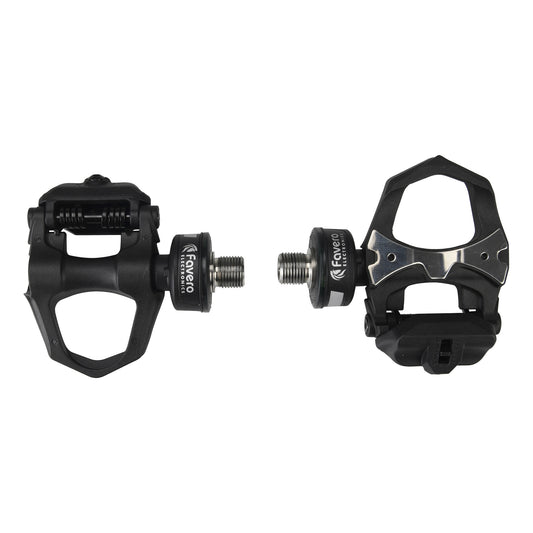
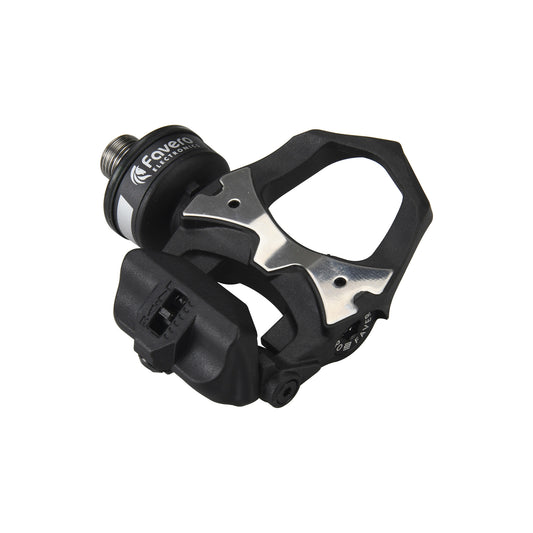
Pedals Power Meter FAVERO ASSIOMA DUO
Regular price 449,90 €Regular priceUnit price per -
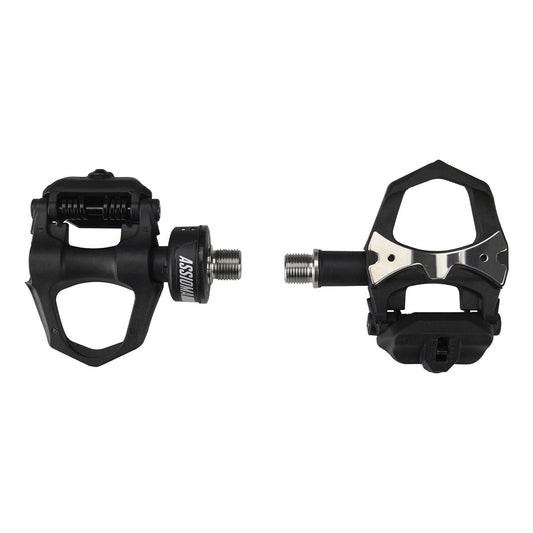
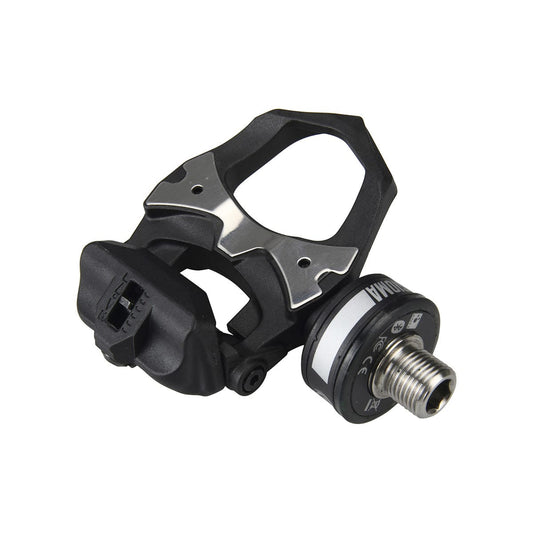
Pedals Power Meter FAVERO ASSIOMA UNO
Regular price 329,90 €Regular priceUnit price per -

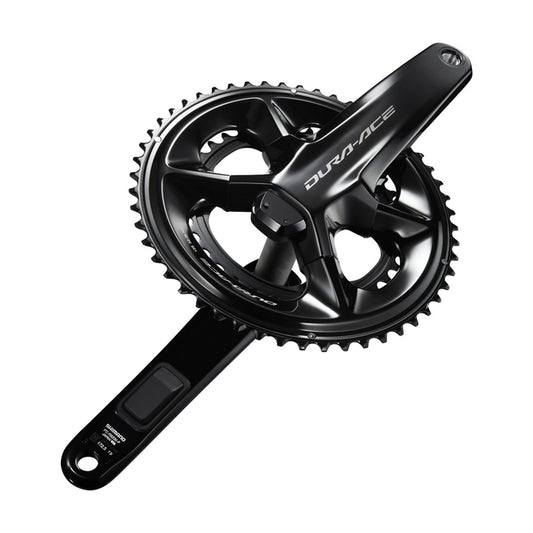
SHIMANO DURA-ACE R9200-P 12V Power Sensor Crankset
Regular price 899,90 €Regular priceUnit price per -
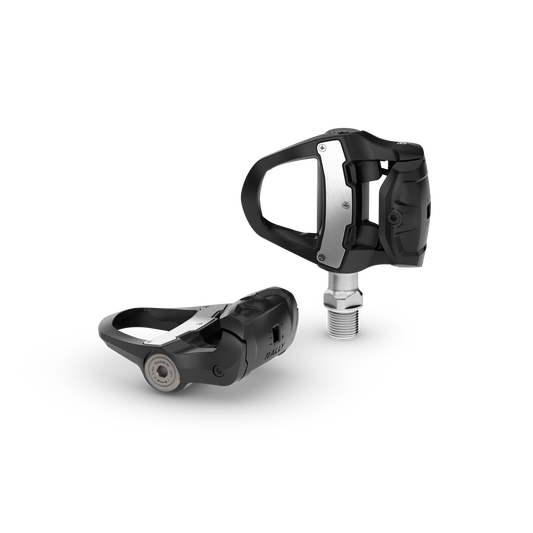
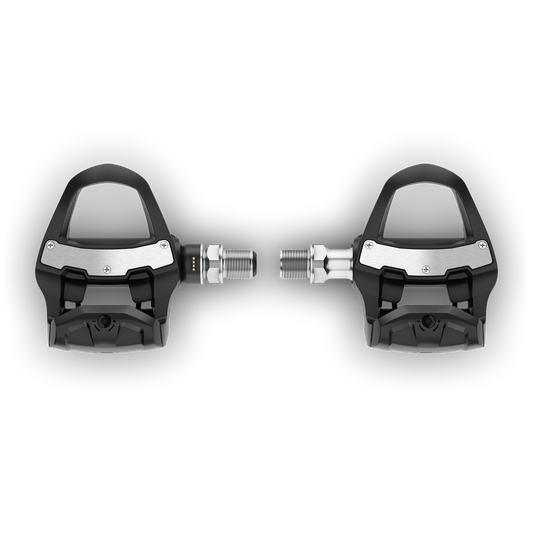
Pedals Power Meter GARMIN RALLY RK 110
Regular price 649,99 €Regular priceUnit price per -
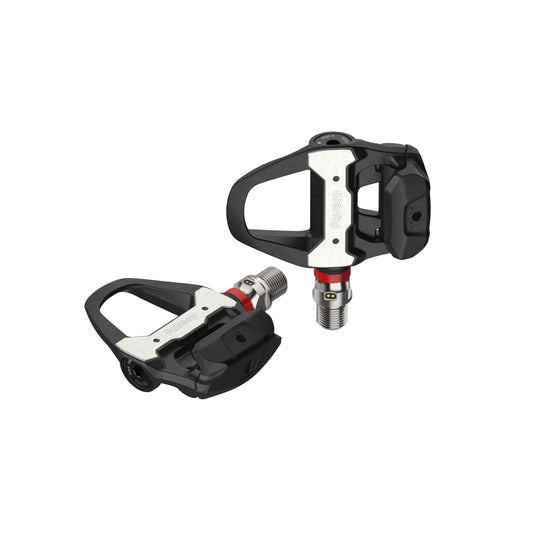
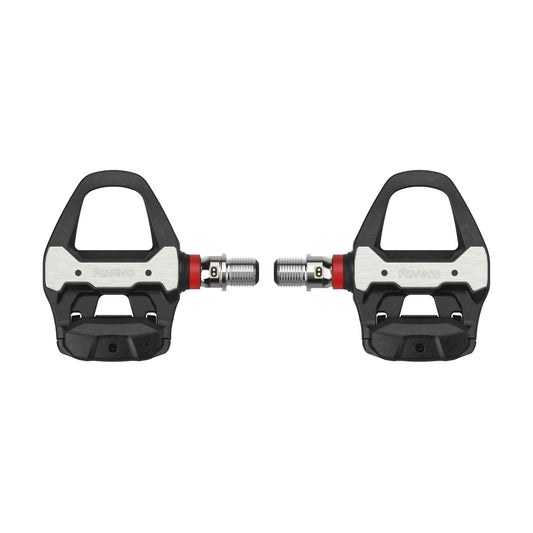
FAVERO ASSIOMA PRO RS-2 Power Meter Pedals
Regular price 694,90 €Regular priceUnit price per -
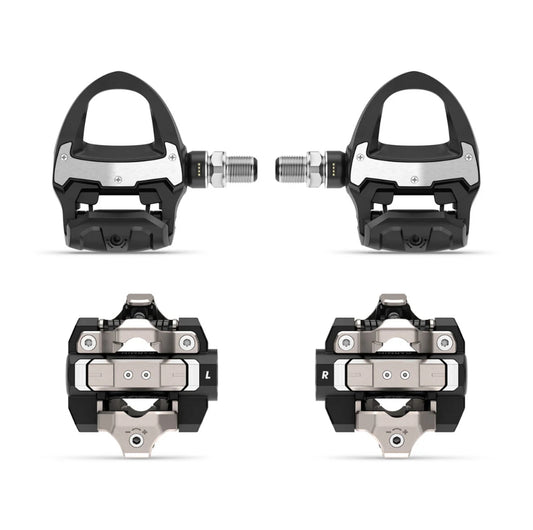
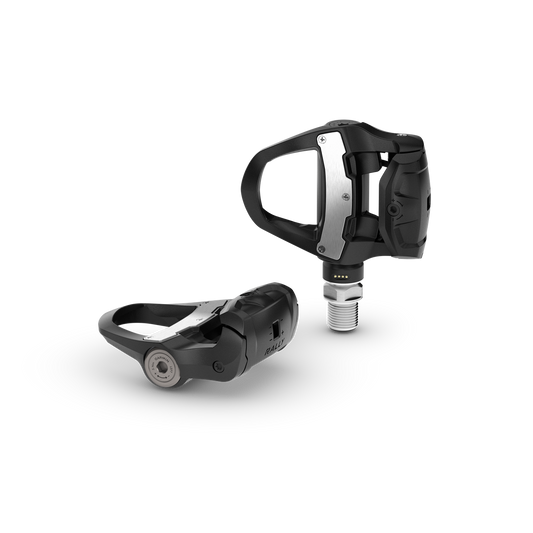
Power Sensor Pedal Kit GARMIN RALLY RK/XC 210
Regular price 1.249,90 €Regular priceUnit price per -
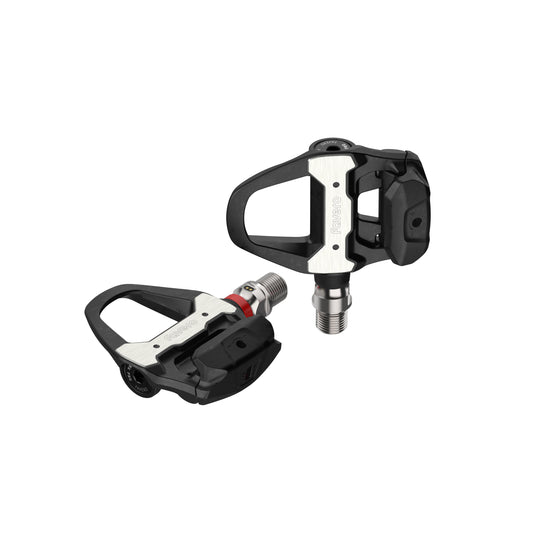
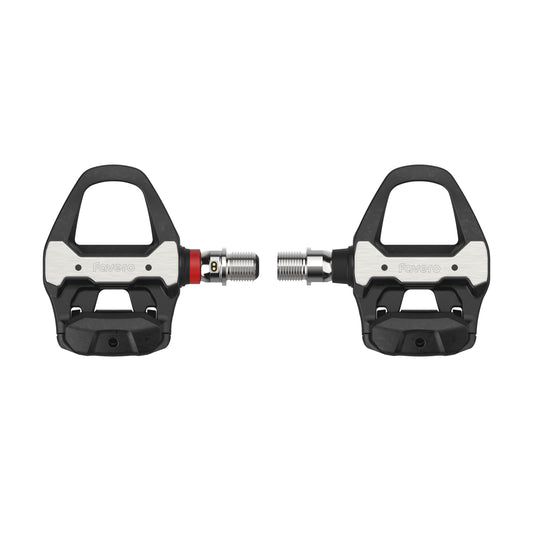
FAVERO ASSIOMA PRO RS-1 Power Meter Pedals
Regular price 435,90 €Regular priceUnit price per -

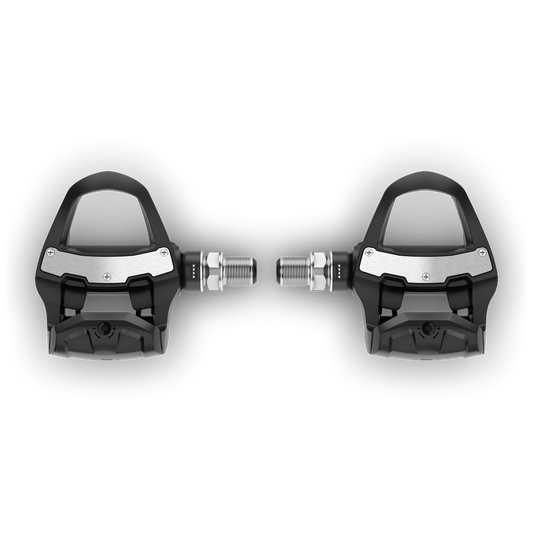
Pedals Power Meter GARMIN RALLY RK 210
Regular price 1.039,90 €Regular priceUnit price per















